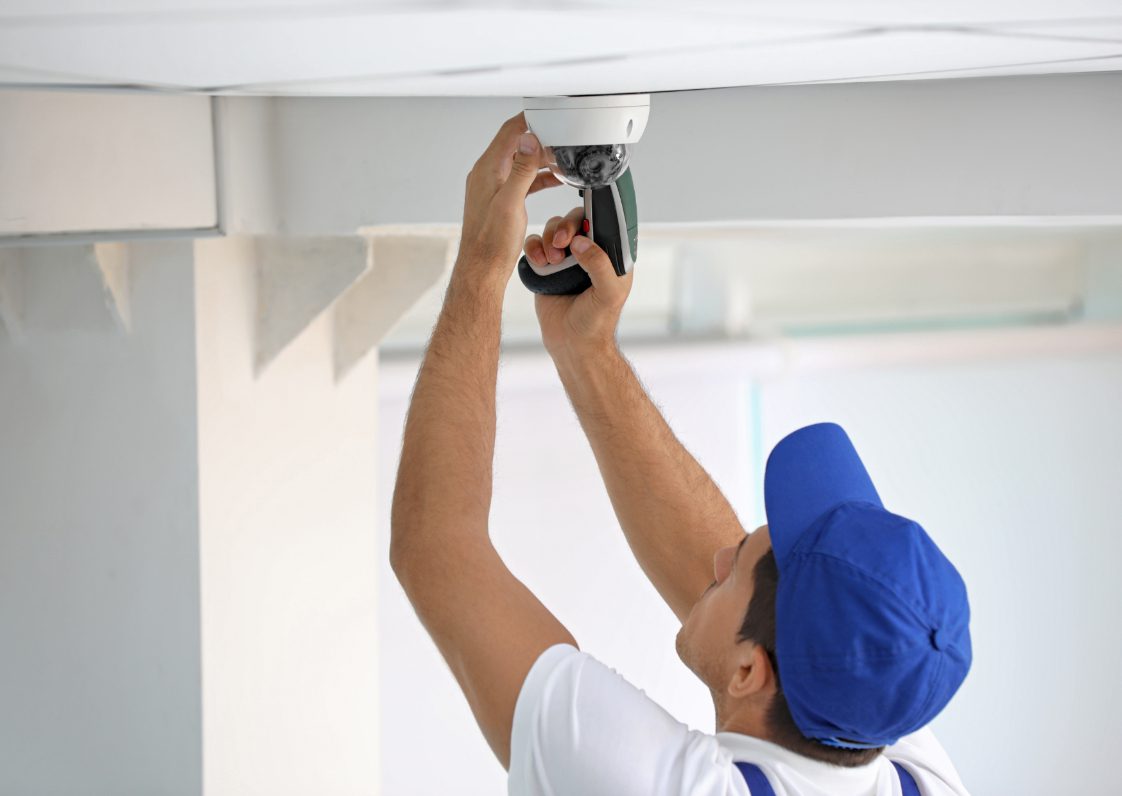
In today’s technology-driven world, home security cameras are part peace of mind and part “let’s catch the neighborhood cat red-pawed as it knocks over my succulents AGAIN.” But, if those cameras aren’t placed strategically, you might end up with more footage of swaying tree branches than actual useful information. A poorly positioned security camera is equivalent to not having one, as it may not capture all the necessary details.
Here are 8 places you should avoid placing a home security camera.
1. ”Where’s Waldo?” Spots
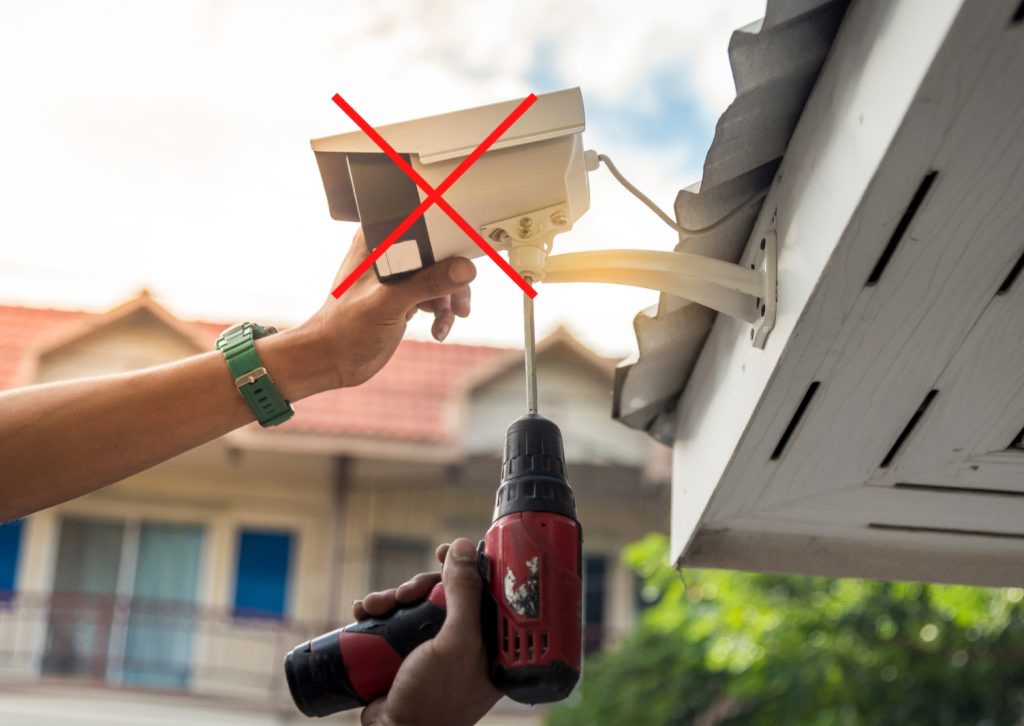
Placing security cameras in hard-to-see areas seems intuitive but is often misguided. According to security company ADT, 34% of burglars enter homes through the front door, and 22% use a first-floor window. Hence, pointing a camera towards frequently used routes can help deter burglaries and identify culprits.
2. Bathrooms and Bedrooms: Privacy Invasion 101
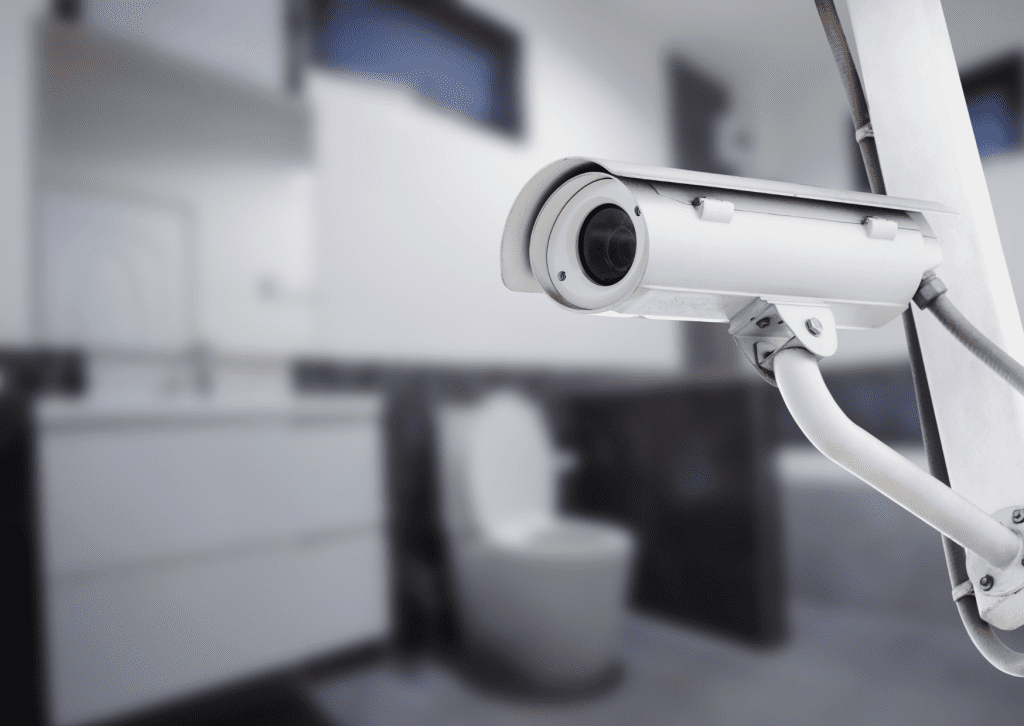
Ok, let’s not get creepy here. Bathrooms and bedrooms are off-limits for home security cameras. I mean, come on, even if it’s your own place, do you really want footage of yourself brushing your teeth or changing clothes? And let’s not even get into the potential for hackers to exploit that. It’s a big old privacy nightmare waiting to happen. Even in a multi-rental setting where you may want an eye on your bedroom, ensure the camera is visible and everyone in the house is aware of its presence.
3. A Front-Row Seat to the Neighbor’s Life
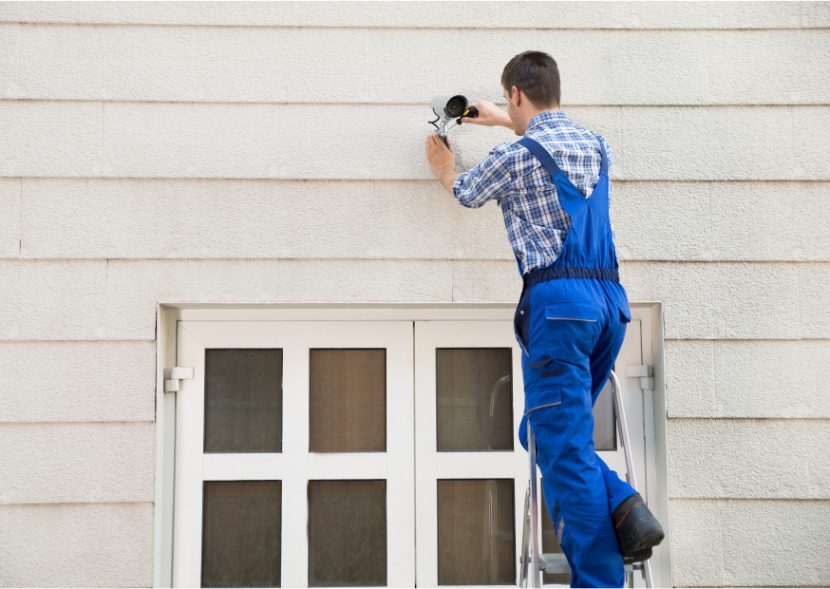
Don’t be that nosy neighbor everyone whispers about. Sure, security is important, but your neighbor’s pool party is none of your camera’s business. (Unless they have suspiciously good snacks). Placing cameras that capture your neighbor’s backyard or windows might result in legal issues.
4. Highly Sensitive Places
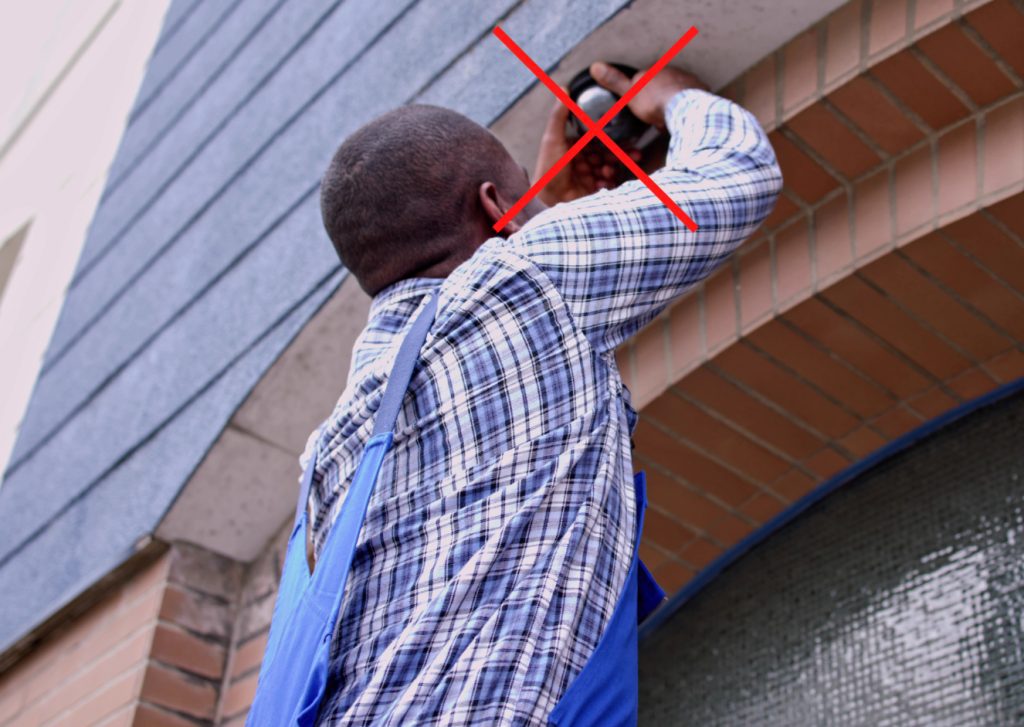
There are a whole bunch of other places where it gets super dicey to install cameras, Think schools, locker rooms, places of worship, medical facilities…you get the idea. These places have way stricter expectations of privacy, and rightfully so! There might be specific laws to consider too, so do your research before acting.
5. Behind Obstructions
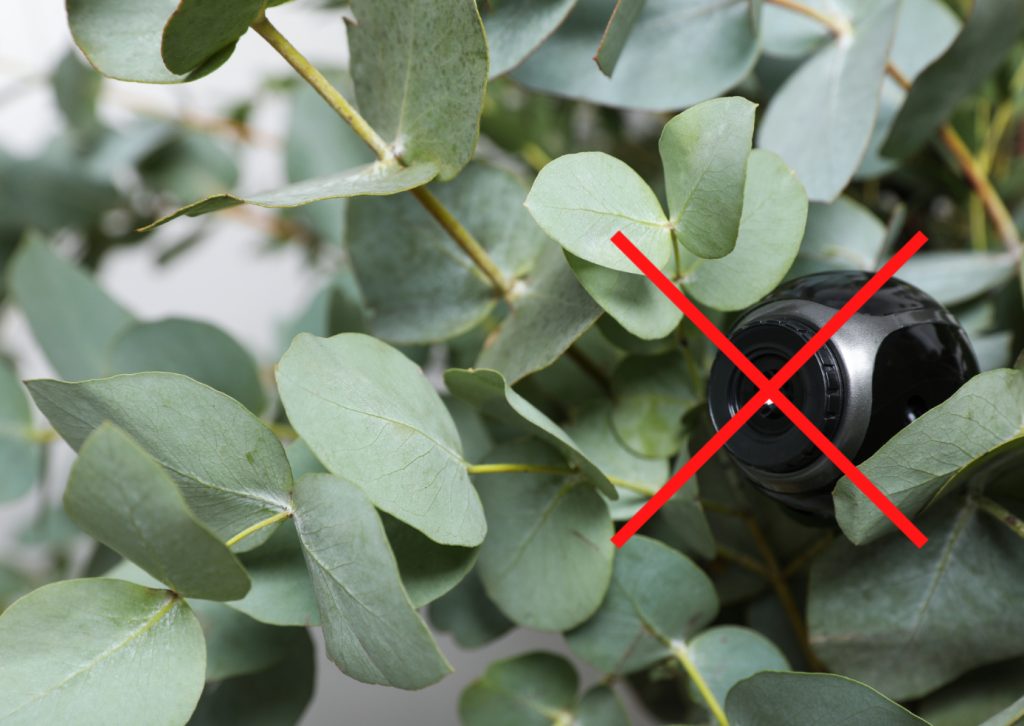
Obstructions aren’t always obvious. Outdoors, and tree branches may block the view, and indoors, pets, doors, and even furniture can interfere with the camera’s field of view. Also, consider the growth of plants, which might require camera relocation over time.
6. Through a Window
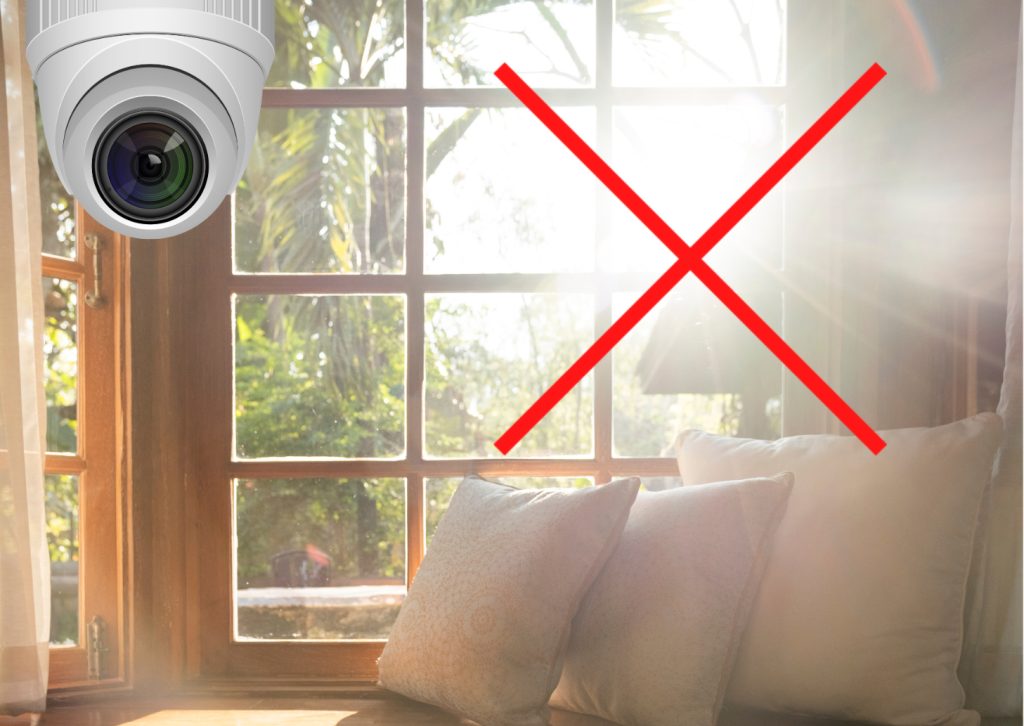
Using an indoor camera to capture outdoor activity might seem like a cost-effective solution, but two major issues arise. Firstly, windows produce glare that affects the camera’s view. Secondly, the camera’s view from a window might not adequately cover key access points or a wide area.
7. Security Cameras Facing the Sky
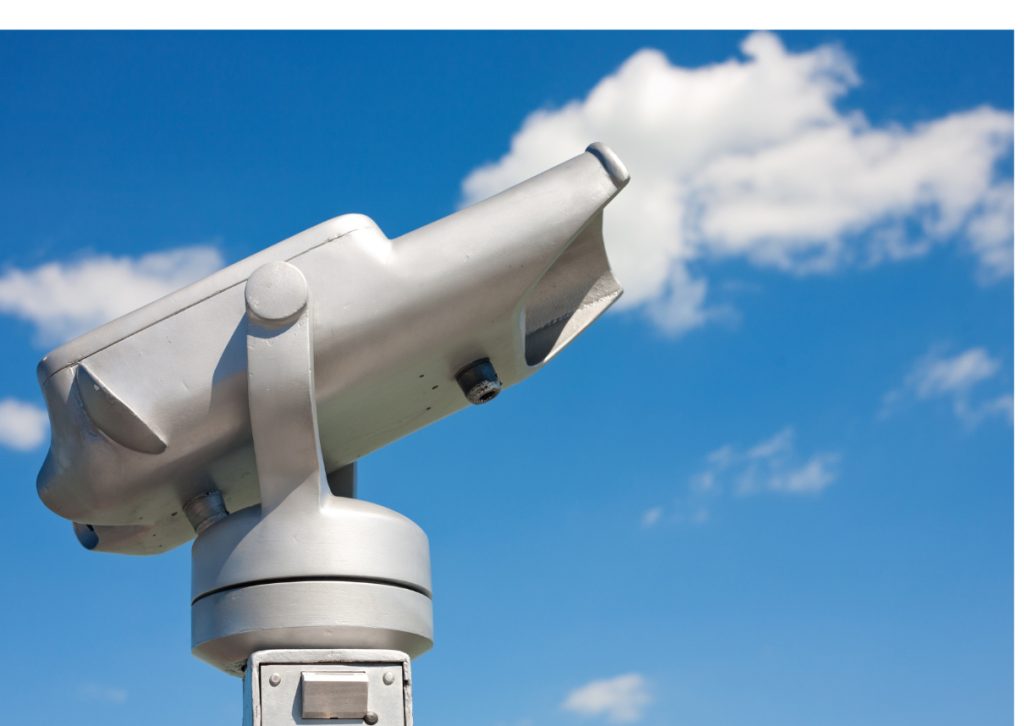
Unless you’re determined to be featured in one of those blurry, shaky UFO documentaries, keep those cameras focused on earthly matters. The only thing you’ll likely capture is a bird doing something embarrassing. Yes, I understand, that an extensive field view can capture a large portion of your property. But, the sun’s glare can blur the camera’s view and lead to faster wear and tear.
8. Security Cameras and Unsecured Spots Don’t Mix
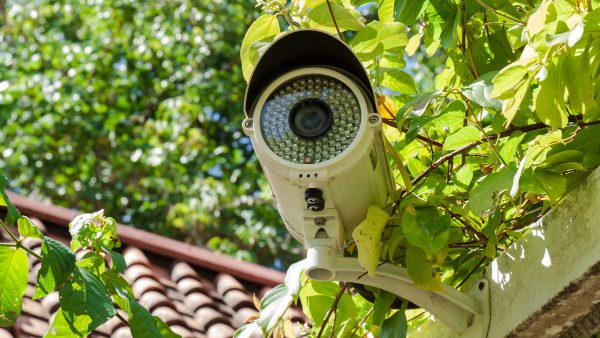
Burglars can quickly disable or destroy a camera that is within their reach. Make sure to mount outdoor cameras high enough to avoid tampering and indoor ones should be placed out of children’s reach.
So, Where SHOULD You Put Security Cameras?
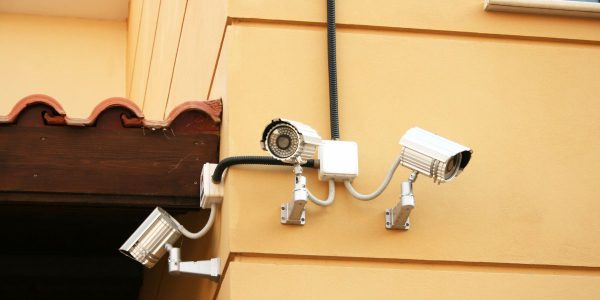
That’s a whole other blog post, but the short version is:
- Focus on entry points: Front door, back door, easily accessible windows.
- Cover common areas: But avoid angles that intrude on your own privacy too much.
- Outdoors: Get good views of your driveway and yard perimeters.
- High up and out of easy reach: Makes it harder for a burglar to tamper with them.
Secure Your Home with Praetector!
Experience top-notch home security with Praetector. Invest in the latest technology for unbeatable protection and peace of mind.
